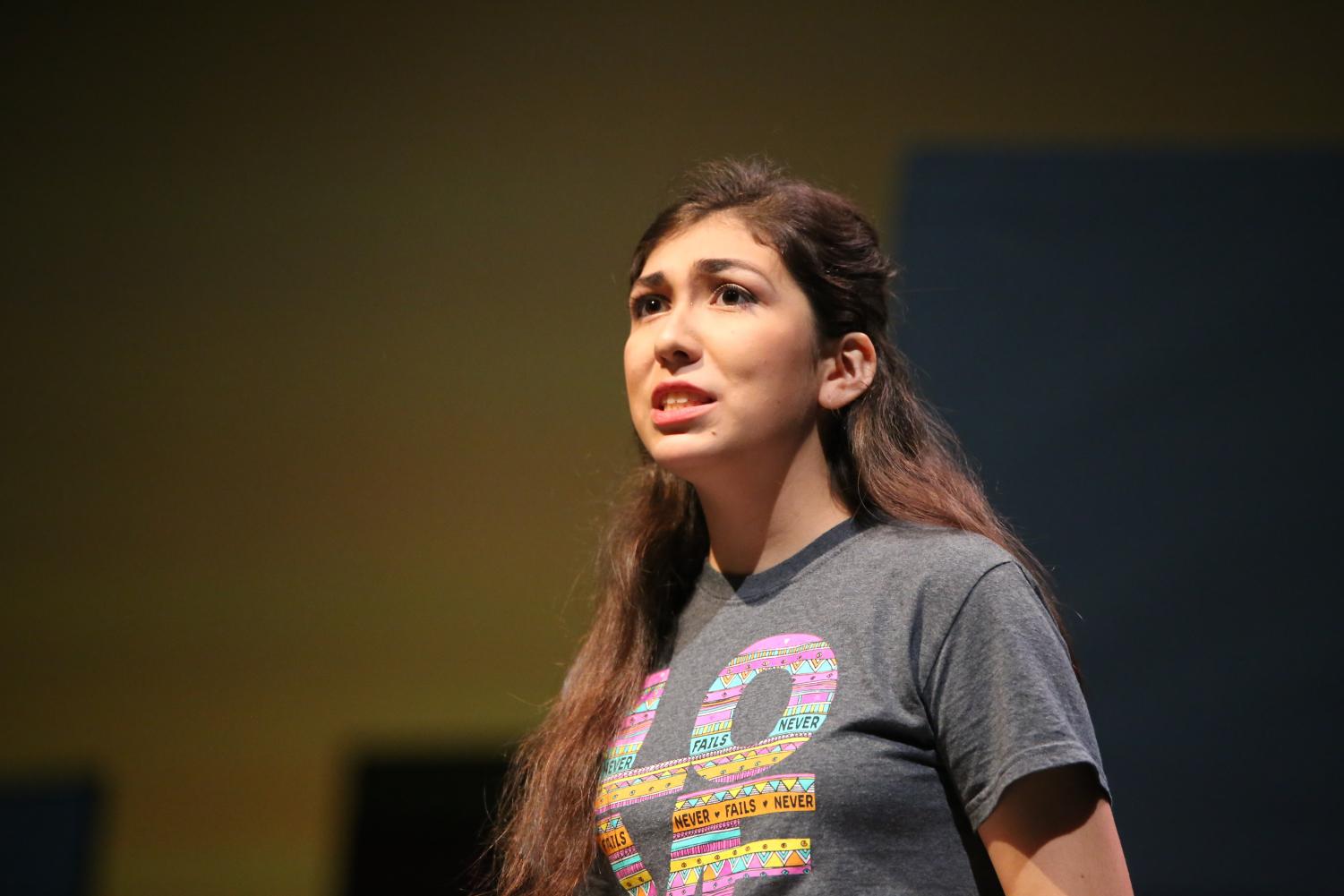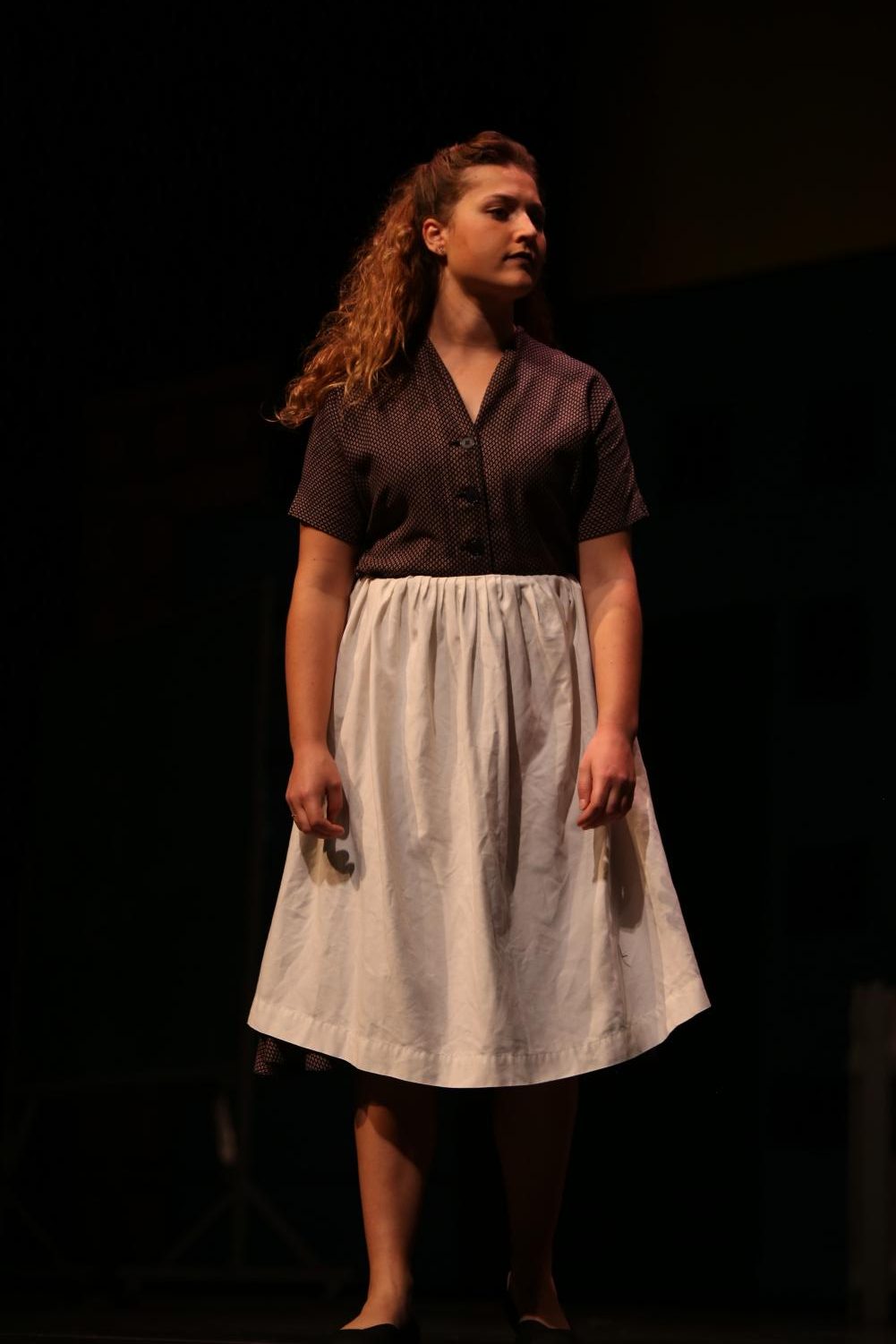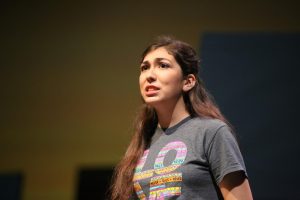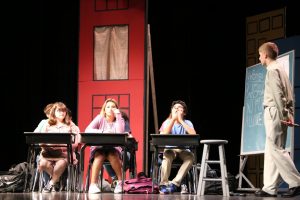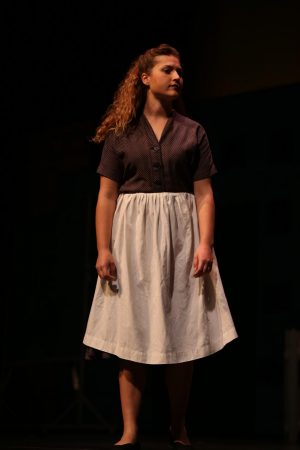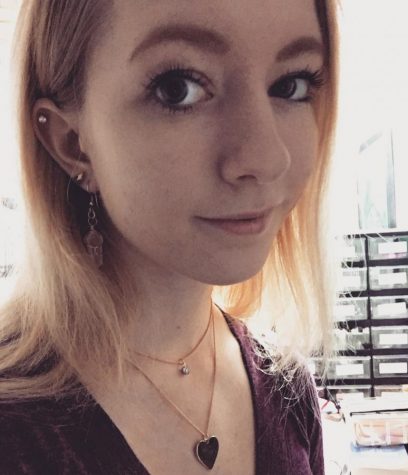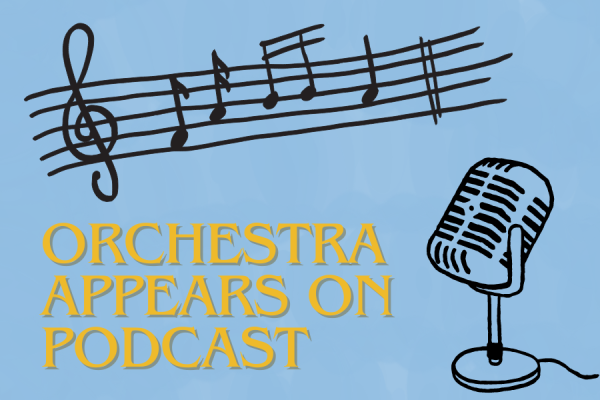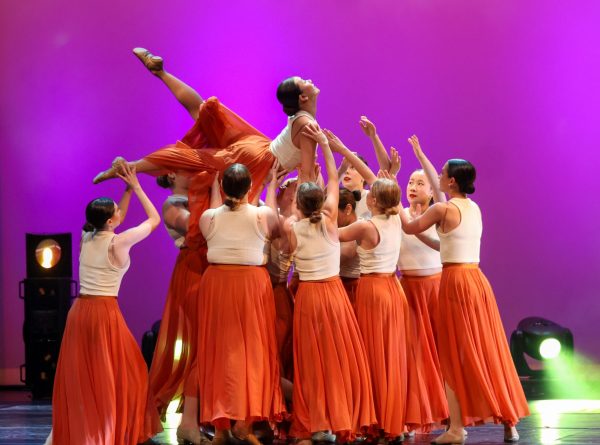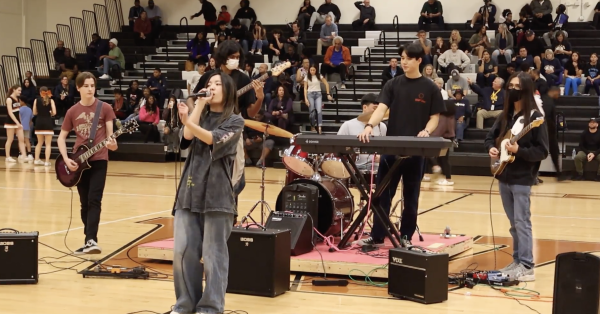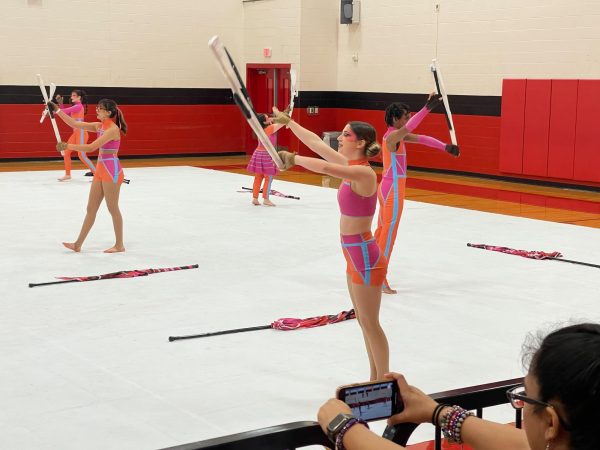Children’s Theater Stages ‘Ramona Quimby’
Students in the Children’s Theater class taught by Ms. Lydia Coats performed Ramona Quimby at the PAC on Nov. 13 and 14, giving both public performances as well as private showings for third graders from Round Rock ISD feeder schools.
Ramona Quimby portrays many challenges of growing up facing the elementary-school-aged protagonist often not talked about in traditional children’s books. These include conflicts such as parents struggling to quit smoking, relatives moving away, and having to make difficult financial choices.
“The show is about a little girl named Ramona, her older sister Beezus, and their family,” Ian Webster ‘20, who played Ramona’s uncle, said. “Her dad loses his job, her teacher doesn’t like her very much, and it’s about the family coming together.”
Ms. Coats explained that they chose Ramona Quimby because of the diversity it offered.
“We had a cast of kids who have a very diverse range of strengths,” Ms. Coats said. “We had a few students who have never done a show before and some who have probably been in shows since they were six years old, so we needed to pick a show that could showcase the skills of every student, not just the ones that are really talented or really experienced, and that’s why Ramona was good.”
Children’s Theater serves as an effective gateway for students interested in continuing to perform later in life.
“I’ve been acting since I was four years old, and I want to do it professionally when I’m older,” Katya Lopez ‘20, who played Ramona’s older sister, Beezus, said. “Being in theater is something that’s really important to me, and trying to make an impact on young children who still don’t know how much fine arts can impact them and make them feel is something that’s pretty powerful.”
A younger intended audience allowed for wiggle room in experience and risk taking on the actors’ parts.
“Children’s Theater is my favorite class to teach because I think students who take it are becoming more experienced actors, so it’s a good time to do a full-scale production, but they’re not so beyond in their skills that they feel like doing simple scripts is beneath them,” Ms. Coats said. “Children’s plays tend to be similar: there’s a much more presentational style, and it tends to be a lot more fun.”
Silliness unique to plays meant for kids also differentiates Children’s Theater from adult plays that tend to rely more heavily on drama.
“I picked [Children’s Theater] because it sounded fun, and it is,” Webster said. “I picked it for the experience.”
Recent changes to the theater department have allowed for the Children’s Theater performances to be moved to the larger PAC stage.
“This was the first time our public performance was in the PAC,” Ms. Coats said. “We’ve always done the third grade shows at the PAC, but his is the first we’re we’ve worked to have an evening performance at the PAC in a long time, probably ten years. It’s really different.”
In previous years, the performances for families of students in the class were held on the cafeteria stage.
“You know the cafeteria stage,” Ms. Coats said. “Lights and sound capabilities aren’t ideal, and so being able to do the show at the PAC for the public where we get to use those really cool effects highlights our work for our parents and friends and family, and it’s not just eight-year-olds who get to see the show.”
Two of the show’s main roles were double cast, and this made transitioning blocking from the rehearsal space to the PAC more difficult.
“One of the most challenging aspects of this show is that it was double cast for the two main roles, Beezus and Ramona, so I wasn’t playing Beezus every single rehearsal,” Lopez said. “That was a really big challenge because we didn’t have a lot of time to get used to the setting and the area that we were using for the actual production because we could only do so many runs with each person playing the character.”


